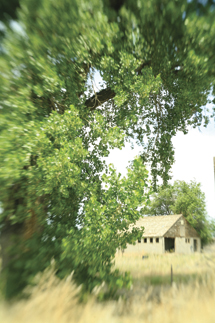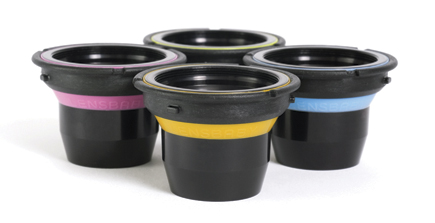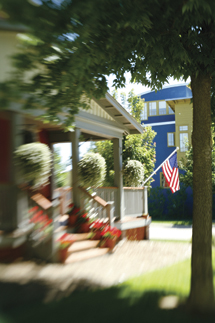The Lensbaby Composer; Be My Baby…
“The night we met I knew I needed you so…”—Ronnie Spector & The Ronettes
If you like having fun with distortion and soft focus you already know about Lensbabies, but did you know that, like the three bears—Cornelius, Alice, and Muffy—there are now three Lensbaby lenses and they are called Composer, Muse, and Control Freak? (I’ll let you figure out which bear corresponds to which lens.) The Composer that I tested is all new while the Muse replaces the Original and Lensbaby 2.0 and the Control Freak replaces the Lensbaby 3G.
 |
|
|
The Composer is a completely new kind of lens that has a ball-and-socket configuration to deliver smooth selective focus photography with the least amount of hassle. All Lensbaby lenses are designed to bring part of a photo into sharpest focus with that “sweet spot,” as the babies like to call it, surrounded by gradually increasing blur. By moving and shifting a Lensbaby, which is a lot simpler with the Composer than previous offerings, you can move that sharp area around in the photo for creative effects. The big news is that Composer stays in the desired position without requiring a locking mechanism, making results both easier to attain and repeatable. You no longer have to squeeze the lens to focus but can simply tilt the lens to a desired angle and then focus with what the babies call a traditional barrel focusing ring that is as wide and as easy to use as the one on your “normal” lenses.
 |
|
|
In addition to an all-new design for Composer, all three lenses come with an interchangeable optical system they call the Optic Swap System, so it’s more than just a new name for an old favorite. You have the option of purchasing several sets of optics that slip into the lens barrel and each one has different features and image qualities, allowing photographers to choose the look that best fits their style. To swap optics, you use a special removal tool to pop out the old lens element(s) and slip in a new one to produce a different look. At launch, the Lensbaby Optic Swap System will offer four options:
• Double Glass: A 50mm multi-coated optical glass doublet that is the same optic that was used in the Lensbaby 2.0 and Lensbaby 3G.
 |
|
|
• Single Glass: A 50mm, updated, uncoated optical glass singlet that’s similar to the optic that was used in the Original Lensbaby. At f/2, the Single Glass optic is a full stop brighter (2x as bright) than the previous Original Lensbaby optic.
• Plastic: A 50mm f/2 plastic singlet that maximizes blur and diffusion in a way Holga and Diana camera lovers will appreciate. In optics, a singlet lens consists of a single simple element that’s prone to chromatic and other aberrations, making them perfect for a Lensbaby (or a Holga for that matter).
• The Pinhole/Zone Plate: An optic cup with an f/177 aperture hole to allow for pinhole photography. Users can slide a toggle inside the optic to go back and forth between Pinhole and Zone Plate mode, allowing further creative exploration.
 |
|
|
































